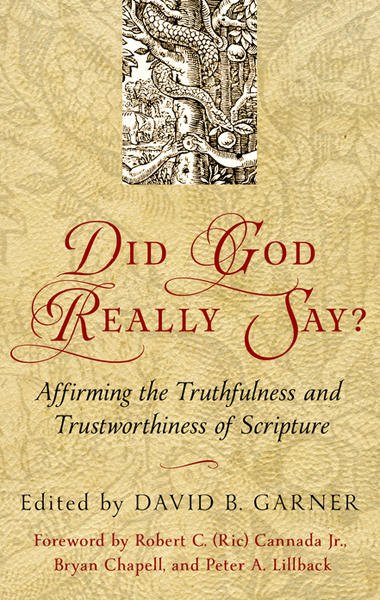
I was talking recently with a dear friend who has been going through significant housing issues with all the mental, emotional and spiritual turmoil that have come with them, when she interjected, ‘But then I realised, Jesus didn’t have a home.’ And she was absolutely right. Our Lord himself summed up his earthly experience with the words, ‘Foxes have holes, and birds of the air have nests, but the Son of Man has nowhere to lay his head’ (Lk 9.58).
Even though in the immediate context he was referring to the itinerant nature of his three-year public ministry; in another sense it summed up his entire earthly existence. From his birth in some kind of outhouse in Bethlehem to his body being laid in borrowed tomb after his death, his resident status was chequered to say the least.
In Matthew’s record of the nativity, we are told that after the visit of the Magi and a warning from an angel, Mary and Joseph and the infant Jesus became asylum-seekers in Egypt for an unspecified length of time. Despite the added trauma this brought into Mary and Joseph’s already traumatic life, Matthew adds a little note to his account showing that this was not some unexpected interruption to God’s redemptive purpose, but a necessary component of the deliverance Christ had come to secure. He says, quoting the prophet Hosea (11.1), ‘And so was fulfilled what the Lord had said through the prophet: "Out of Egypt I called my son"’ (Mt.2.12-13). Here is not the place to delve into the intricacies of Matthew’s choice and handling of the Hosea text in this passage, but suffice it to say that Jesus’ deliverance out of an Egyptian bondage as a toddler was bound up with the extent of his identification with those he came to save. From the very inception in his earthly life he entered into their displacement in order to initiate the restoration that they needed.
The 30 or so years of silence that follow gloss over, almost without comment, the time Jesus spent in Nazareth. Although it is clear from that those where years when Jesus did have a home – and was there long enough to earn the epithet, ‘the carpenter’s son’ (Mt 13.55) – nevertheless, as David E. Garland notes in his commentary on Luke, in the eyes of Jesus’ contemporaries Nazareth was synonymous with ‘Nowhereville’!
By the time Jesus formally commences his public ministry and begins to gather disciples to be with him, it is clear that from that point in his life to its end, he is ‘on the road’. He calls his followers to leave their livelihoods (Mk 1.16-20; 2.14) in order to be his disciples, and they do.
Throughout his ministry we see him dependent upon the kindness of others (often women) for his support (Lk 8.3). We see him too looking forward to staying with people, like Mary, Martha and Lazarus, who regularly gave him a bed for the night. In the very last week leading up to his arrest and crucifixion, we see him having to borrow a large upstairs room in someone’s house in Jerusalem in order to celebrate the Passover with the Twelve (Mk 14.15). And, as we have noted already, even in his death he had no grave of his own in which his body could be laid and that too had to be loaned by Joseph of Arimathea (Mk 15.46).
So, in a very real and deliberate sense, Jesus is presented to us in the Gospels as the homeless one. His 30 years residency in Nazareth is glossed over as insignificant – not in itself (it was enormously significant on many fronts, not least for Mary and for Jesus’ siblings), but in the larger framework of God’s plan of salvation.
The little comment in Hebrews where it says, ‘For this reason he had to be made like his brothers in every way, in order that he might become a merciful and faithful high priest in service to God, and that he might make atonement for the sins of the people’ (He 2.17), helps us to grasp what is going on. It was necessary for him as the God-appointed head and representative of his people that he should enter fully into the human condition in order to rescue them from it ‘completely’ (He 7.25). And it is in that context that it was necessary for Jesus to enter into the human experience of being a restless wanderer on the face of the earth.
It was necessary in part for him to do this in order to effect a genuine rescue. He had to plumb the very depth of what ‘lost-ness’ entails and this he did in the eternity-laden nanosecond of forsakenness on the cross. That instant, which marked the nadir of his redemptive sufferings, is something we can but observe from afar and view in grateful wonder, unable to comprehend, but joyfully to embrace as the turning-point of destiny. Just as the downward trajectory of Christ’s suffering on the cross turns upward at that point, so the moment in history at which hell-ward trajectory of our sin-cursed world is reversed coincides with the experience of the Saviour.
The Saviour of the world died on a Roman gibbet, on a garbage heap outside Jerusalem, homeless, unclothed and possession-less; but all in order that he might genuinely be able to say, ‘I go to prepare a place for you, that where I am you may also be’ (Jn 14.1-4). The cross was what it cost to provide a ‘forever-home’ for all who trust him.
The other reason why it was necessary for Jesus to be made like his brothers in this as much as every other facet of their experience was in order that he could have genuine empathy for them in their ongoing struggle (He 4.14-16). He knows our anguish because he has experienced it for himself and when he prays for us in our distress, he prays with knowledge and understanding.
And so it is, not just for my dear friends who are enduring a temporary displacement in life, but for every human being who struggles with the unsettled-ness of life even when it ought to feel settled. We were made for something better, but this world is not what it is. Next time we’ll return to this theme for one last time and see, in the words of Derek Thomas, ‘how the gospel takes us all the way home!’

The Alliance of Confessing Evangelicals is member supported and operates only by your faithful support. Thank you.















 © Alliance of Confessing Evangelicals
© Alliance of Confessing Evangelicals


